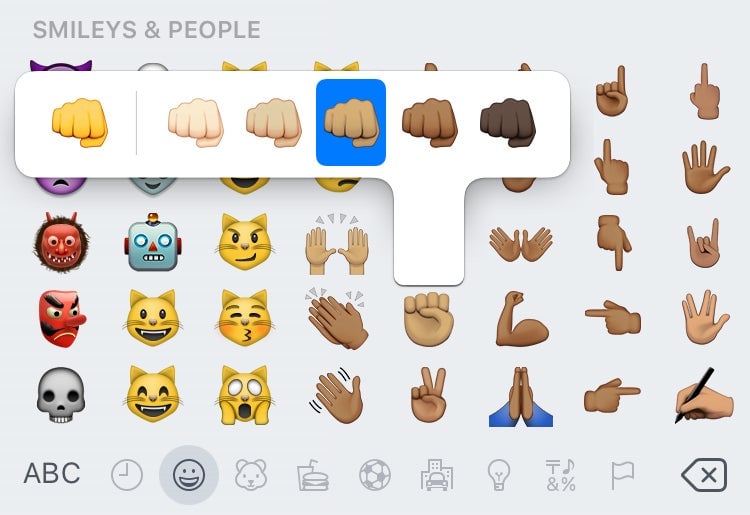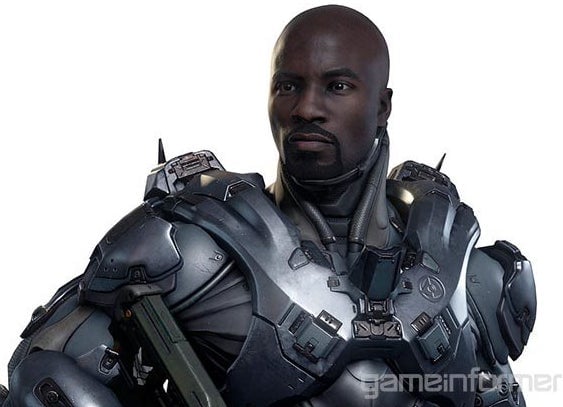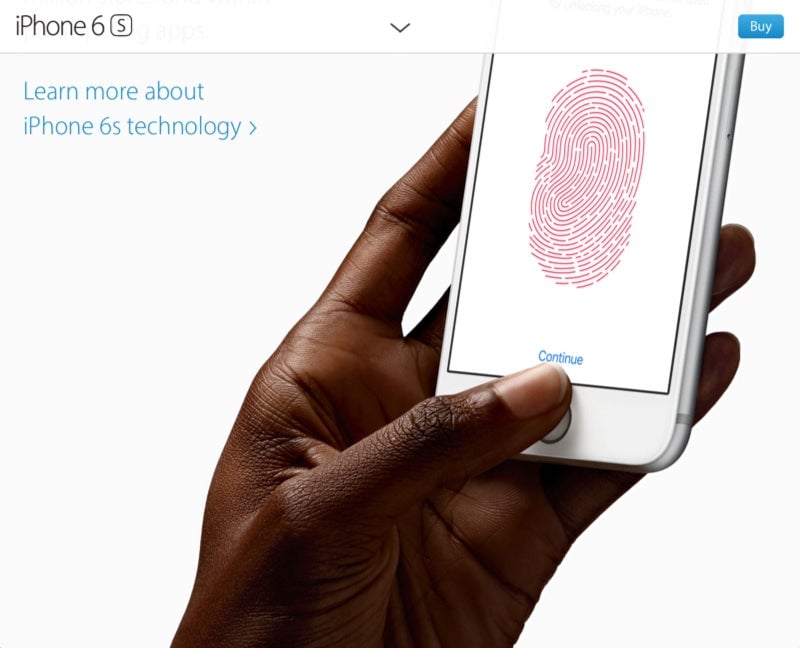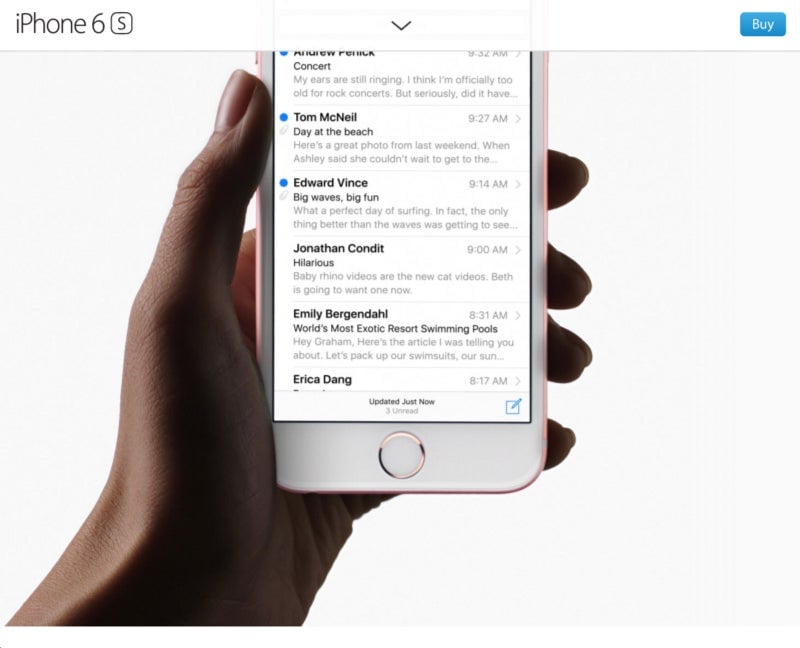I’m a Slack designer, and my world changed when I made an emoji with brown skin like mine
Small design decisions can mean a great deal. I recently learned this lesson again when I decided to make the hand in a promotional graphic look like my hand: brown.


Small design decisions can mean a great deal. I recently learned this lesson again when I decided to make the hand in a promotional graphic look like my hand: brown.
You see, I’m a digital product designer at Slack, a San Francisco-based instant messaging app for teams. The hand in question was part of a graphic announcing our latest initiative, the “Add to Slack” button.

I wrote about my internal struggle with the decision to use a brown hand in a post on Medium. In less than a week, the post had seen almost 25,000 views and thousands of shares on social media. Over a dozen people of color reached out to me directly online and in person about how the article resonated with them and their experience.
I should not have been surprised. People of color are underrepresented not only in the tech industry and all STEM fields, but also the government and other positions of power. Most insidiously, we are underrepresented in American media, and I don’t (just) mean among journalists and children’s books. Everywhere we look, the visual media that propagates and shapes our culture reinforces whiteness as normative. White is the default, and everyone else is other. A brown hand in a widely circulated image not about crime, violence, poverty, or hip-hop? Sadly, that is a rare sight. As Murad Hemmadi writes in Canadian Business:
While outright discrimination is largely verboten today, areas like iconography still overwhelmingly exclude people of colour and women. It’s a signal that reinforces their outsider status, a reminder that the power to make decisions still rests in the hands of white men.
But my point is not to grimly recount the state of American society. I hope to convince designers like myself who are considering making a similar choice to seize the opportunity, whether their skin is milky white or toasty brown. I also want to say that our small choices as creators matter in powerful but sometimes subtle ways.
What’s Stopping Us?
Melanin-positive designers can experience trepidation about showing people of color in the imagery they create. Like me, they might worry that they are expending some of their precious social capital at their jobs not to accomplish great work or help their career, but to make a “statement” on behalf of all people of color. And if we are forced to defend our choice and allow emotion to seep into our tone of voice, we might end up reduced from a multi-faceted human being to, say, an angry black person.
The sword cuts both ways. White people may also feel afraid that their efforts to include more diverse representation will be perceived as tokenism. After reading my article, an early Slack employee told me about a long conversation the team had about using stock photos that prominently featured a black model. They had chosen the photo based on its tone, the expression on the model’s face, and the context of its use, but they worried about how their decision would be interpreted. That colleague, Johnny Rodgers wrote to me:
Will people think we (10 white people at the time) just picked it because it has a black guy front and center? Is that like reverse racism? Why is this even a conversation? As you know, we used it, and heard nary a peep. Of course.
We all have to work towards making inclusion an ordinary occurrence. Rather than wonder about how to adequately represent exactly 17% colored people in an image that only has three people in it, chill out and drop some extra color in there. You are neither atoning for hundreds of years of continued injustice, nor creating institutionalized racism against white people. You’re just making the world a little friendlier for the many, many people alienated by their media.
Don’t overthink it, just go for it.
Join the Cool Kids
The tech industry is making progress in increasing the inclusivity of its iconography, so you’ll be in good company when you decide to buck the status quo. The Unicode Consortium, the non-profit group that governs the emoji standard, proposed a more diverse update in 2014. Apple was the first operating system maker to implement the new, more inclusive set of emoji.

At Facebook, design manager Caitlin Winner visually promoted the female silhouette in the new friends icon, making it more prominent. Also at Facebook, Julius Tarng got the ball rolling on photographing diverse-looking hands holding phones for the company’s design resource site. Meanwhile, the grassroots initiative “#WOCInTechChat” recently published stock photos of …women of color in tech, of all things.
Even big-name game developers like 343 Industries are doing their part, featuring a black main character in the latest installment of their blockbuster Halo franchise.

Another (half) shout-out to Apple for finally including darker hands in their new product shots after the most recent release event.

Note to Apple: Don’t think I haven’t noticed y’all turning down the lights on a few of the shots to make it ambiguous.

Our Choices as Creators Matter
The artifacts and systems we design reflect our values. Our creations make statements, and while those can be deliberate or unintentional, they can never be truly neutral. I believe our designs must willfully promote not just what is or was, but what should be.
As Eric Meyer, an expert in CSS and web standards, recently said at the XOXO arts and technology conference in Portland,
We often say the media and the services we build are like roads. Neutral to their uses. That is not true of roads and it should not be accepted of what we create. Because, yes, a ribbon of asphalt is neutral to its uses and to the extent a ribbon of asphalt can be said can be, you know, neutral to anything. But we are not neutral to the uses of that asphalt. We decide where and how a road should be built. Which includes deciding we’ll have access to that road, and who will not … what was valued in the creation of that road is still implicit in its course.
After my experience with the “Add to Slack” button, I know that going forward I won’t hesitate to include people of color in the imagery I produce. And for those readers who are not in the position to make that choice, demand to see inclusivity in the sites and services that you use. Let the makers know how important it is to see a piece of yourself in the product. Little by little, we can help shape the world we want to live in.